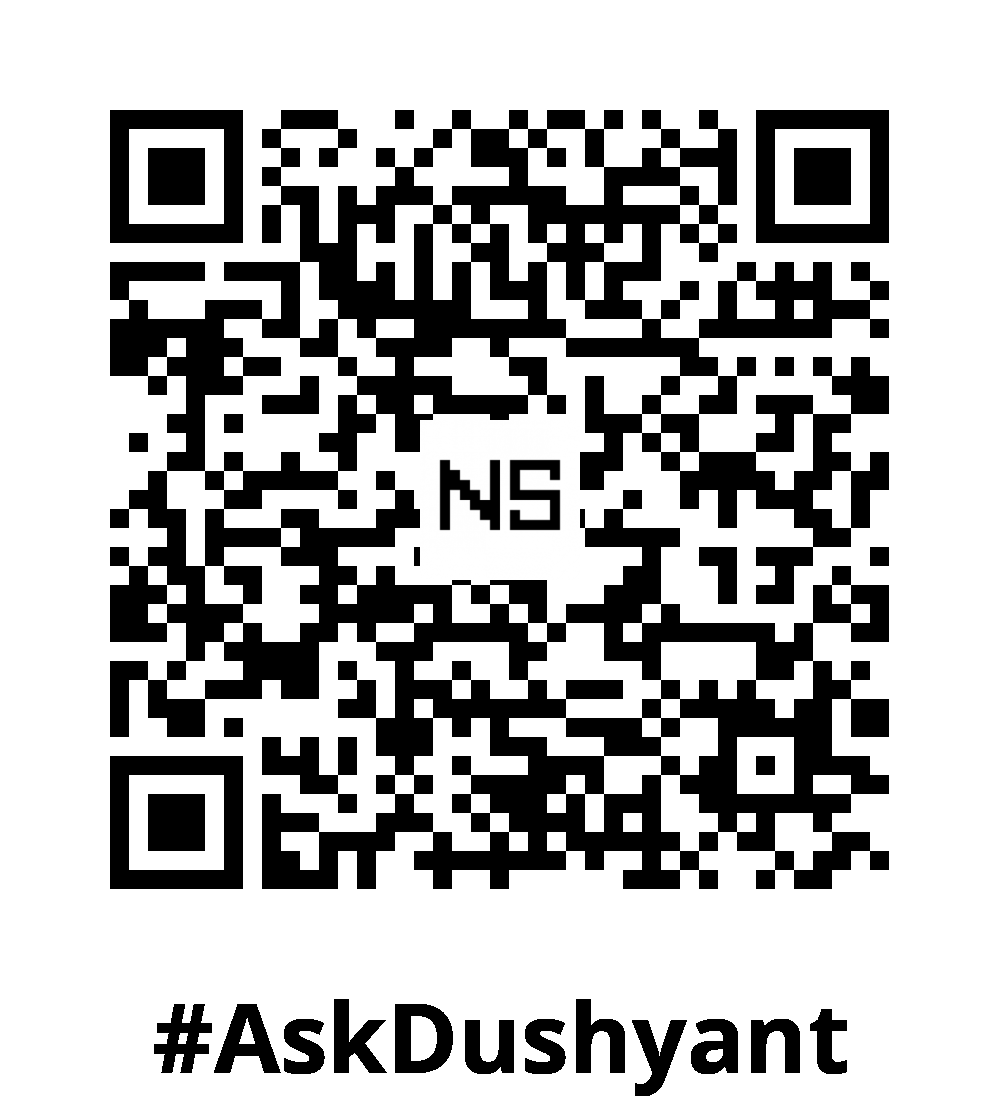Agile has become the standard approach for modern software development and beyond. From startups building MVPs to enterprises scaling complex systems, Agile methods like Scrum and Kanban help teams deliver value faster, adapt to change, and improve continuously.
But not every Agile process fits every situation. I’ve spent 20+ years empowering businesses, especially startups, to achieve extraordinary results through strategic technology adoption and transformative leadership. Choosing the right framework depends on team size, product maturity, and organizational needs. In this tech concept, we’ll break down Scrum, Kanban, and other Agile approaches, highlight their strengths, and explain where they work best.
What Is Agile?
Agile is a mindset defined by the Agile Manifesto (2001), focusing on:
- Individuals and interactions over processes and tools
- Working software over comprehensive documentation
- Customer collaboration over contract negotiation
- Responding to change over following a rigid plan
Agile is not a single methodology—it’s an umbrella under which frameworks like Scrum, Kanban, XP, and SAFeoperate.
Scrum: The Sprint-Based Framework
Scrum is the most widely used Agile framework. It organizes work into time-boxed iterations called sprints (1–4 weeks). Each sprint delivers a potentially shippable product increment.
Key Elements of Scrum
- Roles: Product Owner, Scrum Master, Development Team
- Events: Sprint Planning, Daily Scrum, Sprint Review, Sprint Retrospective
- Artifacts: Product Backlog, Sprint Backlog, Increment
Where Scrum Fits Best
- Teams of 5–9 members working on complex projects
- Products in early or mid-growth stage where rapid iteration matters
- Environments where stakeholder feedback is frequent and essential
Example: A fintech startup building a new payments app uses Scrum to release features like “UPI payments” and “Spend analytics” in short sprints, gathering feedback after every release.
Kanban: The Flow-Based Framework
Kanban is about visualizing work and improving flow. Instead of time-boxed sprints, Kanban uses a continuous delivery model. Work items are placed on a Kanban board and move across columns (To Do → In Progress → Done).
Key Elements of Kanban
- Visual board: Tracks tasks from start to finish
- Work In Progress (WIP) limits: Prevents overload by restricting tasks in progress
- Continuous improvement: Focus on cycle time and throughput
Where Kanban Fits Best
- Teams handling support, maintenance, or continuous delivery work
- Mature products requiring incremental improvements
- Organizations that prefer flexibility over fixed sprints
Example: An IT operations team uses Kanban to manage server tickets and incidents. Instead of batching work in sprints, they prioritize issues and resolve them continuously.
Other Agile Frameworks
Extreme Programming (XP)
Focuses on engineering practices like pair programming, test-driven development (TDD), and continuous integration. Best for high-risk systems where quality and reliability are critical.
Lean Software Development
Derived from Lean manufacturing, it emphasizes waste reduction, fast delivery, and continuous learning. Often used in combination with Scrum or Kanban.
SAFe (Scaled Agile Framework)
Designed for large enterprises, SAFe scales Agile principles across multiple teams, programs, and portfolios. Best for organizations with hundreds of engineers working in sync.
Scrum vs Kanban: Quick Comparison
| Aspect | Scrum | Kanban |
|---|---|---|
| Cadence | Fixed sprints (1–4 weeks) | Continuous flow |
| Roles | Defined roles (PO, SM, Team) | No mandatory roles |
| Work Planning | Planned at sprint start | Continuous prioritization |
| Best Fit | Complex, evolving products | Support, ops, or mature products |
Choosing the Right Agile Process
The choice between Scrum, Kanban, or other Agile methods depends on context:
- Scrum → Best for cross-functional product teams that need structure and iterative delivery.
- Kanban → Best for operational teams or products needing continuous flow and flexibility.
- XP → Best for high-quality engineering environments.
- SAFe/LeSS → Best for enterprises scaling Agile across multiple teams.
My Tech Advice: Agile isn’t one-size-fits-all. Scrum thrives in innovation-heavy environments, while Kanban excels in flow-based operations. Many organizations even adopt a hybrid approach—for example, Scrum for product development and Kanban for DevOps teams.
The key is to align the Agile framework with your team’s goals, product stage, and business needs. When chosen well, Agile processes empower teams to move fast, adapt to change, and deliver lasting value.
Ready to adapt agile ? Try the above tech concept, or contact me for a tech advice!
#AskDushyant
Note: The names and information mentioned are based on my personal experience; however, they do not represent any formal statement.
#TechConcept #TechAdvice #Agile #ProjectManagement #SoftwareDevelopment #Scrum #kanban


Leave a Reply